The situation at the front
The American Institute for the Study of War (ISW) in its regular report on the situation at the front concludes that the pace of the Russian offensive in Ukraine has slowed down compared to previous weeks, and the Wagner PMC forces trying to capture the city of Bakhmut in the Donetsk region are close to exhausting their attacking capabilities.
The Russian offensive in the Luhansk region is also likely to culminate, if not already. Despite the fact that Russia sent most of the units of at least three divisions to the Svatovo-Kremennaya line, the Russian troops failed to achieve any significant success over the past week, the Armed Forces of Ukraine successfully carried out counterattacks.
Institute experts refer to the data of the official representative of the Ukrainian army, Colonel Aleksey Dmitrashkovsky, according to whom the Russian army now conducts from 20 to 29 ground attacks daily, while previously their number was from 90 to 100. Dmitrashkovsky explains this by significant losses in manpower and equipment carried by the Russian forces. These findings "are in line with ISW's overall assessment of the pace of Russian action across the front in Ukraine," the summary said.
The Institute for the Study of War also notes that statements by Wagner PMC founder Yevgeny Prigozhin about the capture of the small village of Zaliznyanskoe near Bakhmut (in which, according to the 2001 Ukrainian census, only two people lived), suggests that the Wagnerites are likely to carry out only local attacks. into small settlements that are not too difficult to capture. As stated in the summary, the losses incurred by Wagner PMCs limit the group's ability to complete the encirclement of Bakhmut – its actions will not help to capture the city or achieve other operationally significant successes.
Meanwhile, the Armed Forces of Ukraine are carrying out attacks on the Pologovsky and Orekhovsky sections of the Zaporozhye direction . Pro-Russian Telegram channels describe them as unsuccessful. Colonelcassad publishes a video of the defeat of a group of armored vehicles of the Armed Forces of Ukraine, which tried to attack in the Zaporozhye direction .
The Rybar Telegram channel notes that after yesterday's attack, the Armed Forces of Ukraine switched to positional battles. Along the line of contact, the activity of cannon and rocket artillery crews has increased, which may indicate preparations for the next offensive.
According to these data, sabotage and reconnaissance groups of the 65th mechanized brigade of the Armed Forces of Ukraine, with the support of the calculation of the BM-21 Grad MLRS, conducted a sortie at the positions of the RF Armed Forces near Vasilyevka in the Vasilyevsky sector. The attack was repulsed. In the Pologovsky sector, the Armed Forces of Ukraine are conducting a massive shelling of the positions of the 291st motorized rifle regiment of the 42nd Motorized Rifle Division of the RF Armed Forces. With a high degree of probability, Ukrainian forces are planning another reconnaissance in force.

On March 14, Acting Governor of the Zaporozhye Region Yevgeny Balitsky announced that Kiev was preparing its troops and planning to intensify hostilities in the Zaporozhye sector of the front. According to him, the Armed Forces of Ukraine can go on a large-scale counteroffensive as early as the 20th of March.
MiG-29 at the front
Polish President Andrzej Duda said that four Polish MiG-29 fighters will be handed over to Ukraine in the coming days. Other fighter jets, he said, are now undergoing maintenance and training, so the total number transferred in the future will increase. He said this at a press conference with the President of the Czech Republic, reports Rzeczpospolita.
These are fighters that Poland received in the early 90s from the GDR army. According to Duda, the country has "a dozen" more such aircraft at its disposal, the rest are being prepared, he added, without naming the exact number of MiG-29 aircraft that Poland will provide to Ukraine.
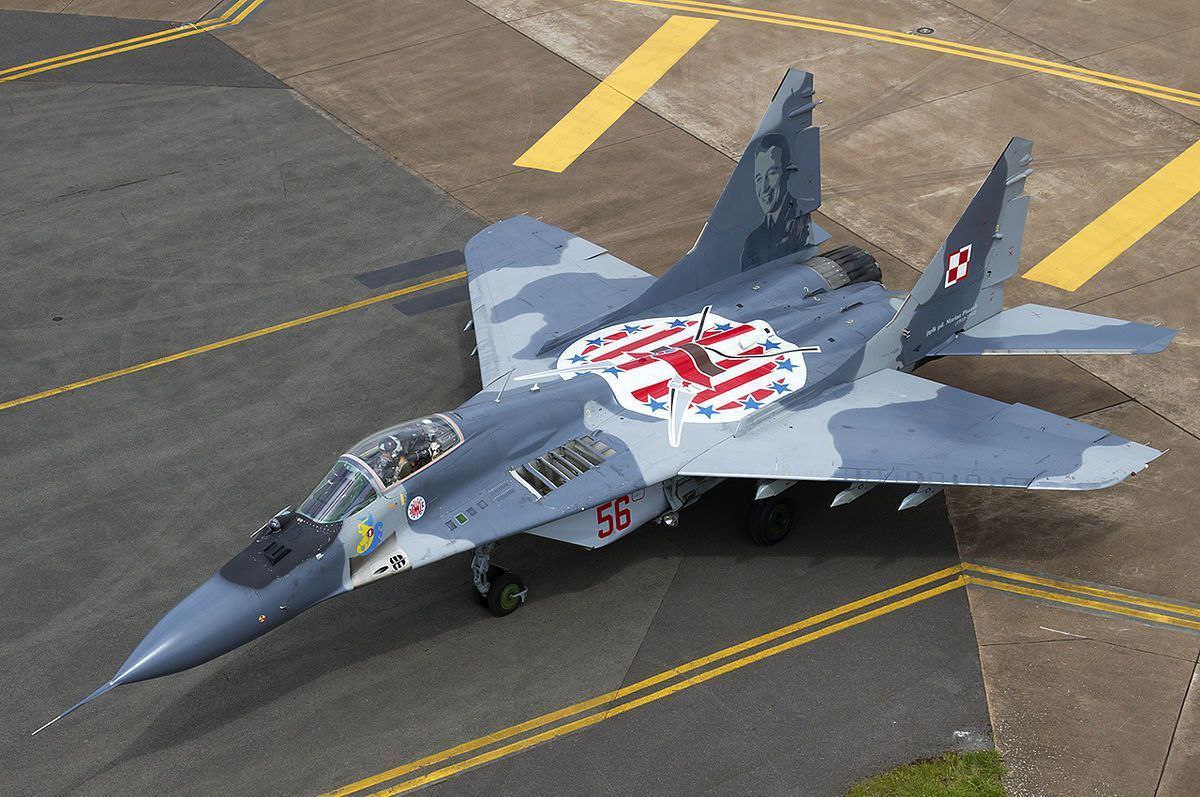
On March 14, Prime Minister Mateusz Morawiecki said that Poland could give Ukraine its MiG-29 fighters in the next four to six weeks. According to open sources, until last year, Poland had about 30 such fighters. They should be replaced with new South Korean-made fighters.
Slovakia also announced its readiness to deliver the MiG-29 to Ukraine.
Israeli military expert David Gendelman, in a conversation with The Insider, noted that the Slovak and Polish MiG-29s have been upgraded to NATO standards in terms of navigation, communications and weapons control, but their value is not in a specific modification and capabilities, but in the fact that there are still about 20 aircraft is a great help for Ukraine.
“There are few planes left in the Ukrainian Air Force, and therefore their use on the line of contact is much less than the Ukrainians would like, and each additional plane is worth its weight in gold.”
On March 8, it became known that the US military is studying the possibility of installing Western medium-range air-to-air missiles AIM-120 AMRAAM (Advanced Medium-Range Air-to-Air Missile) on Ukrainian MiG-29 fighters. This was reported by the publication Politico, citing sources in the Pentagon. If the US can make progress in this effort, it will be the first time it has given Ukrainian aviation the ability to launch air-to-air missiles.
Military expert Alexander Kovalenko, in an interview with The Insider, explained that the MiG-29s are used for several purposes, one of which is air defense support. During massive missile strikes, they shoot down cruise missiles, especially when they are in a state of flight at subsonic speeds, and they are also used to destroy UAVs, in particular the Shahed-136/131.
According to the expert, these aircraft also perform another function – patrolling the airspace in the buffer zone and, if necessary, delivering air-to-air missile strikes against enemy aircraft.
“The MiG-29 works primarily on air targets. This has been its main mission since its design and in fact it cannot be regarded as a full-fledged fighter that can be used to support a counteroffensive for surface strikes. Since it does not use air-to-ground missiles, but uses bombs of the FAB-500 or OFAB-250 type, but their use forces them to reach the target, i.e. be in the zone of action of enemy air defense, which endangers the fighter itself. So it will not be applied.
On the other hand, it was on the MiG-29 that AGM-88 HARM missiles were installed – anti-radar missiles that were very quickly integrated into these fighters, and they are used to suppress radar systems and air defense systems. Therefore, they can be used at a safe distance to destroy such objects. In general, if we are talking about a counter-offensive, it is precisely the suppression of radar and air defense systems when using these missiles that is possible, but it is not so that they carry out a massive missile raid on positions. For this, either attack aircraft, or front-line bombers, or full-fledged heavy fighters, such as the Su-27, are used, which can use air-to-ground missiles. I consider the transfer of these fighters from Poland and Slovakia as an element of strengthening air defense systems, and only then as an element of influence in the combat zone, for example, on the air component of the enemy, or on air defense facilities.
Israel hands over military equipment to Kyiv for the first time
Israel approved export licenses for anti-drone systems for Ukraine. Axios writes about this with reference to three Israeli and two Ukrainian officials. The licenses were approved by Israeli Defense Minister Yoav Gallan and Foreign Minister Eli Cohen in mid-February, when the Israeli government was in the midst of reviewing all policy regarding the Ukraine conflict. At the same time, Cohen visited Kyiv. According to Axios, we are talking about the development of companies Elbit and Rafael. The systems have a range of about 25 miles and can be located near power plants or other critical sites to protect against drones.
Since the beginning of the war, Israel has demonstrated neutrality and has been wary of military assistance to Ukraine, fearing tensions with Russia. But, apparently, Kiev convinced the Israeli government that the supply of protection systems to Ukraine against Iranian Shahed drones is in Israel's interests, since Iran can use the knowledge gained from operating these drones in Ukraine to improve their performance, the Military Observer notes . .
In November 2022, the Israeli authorities allowed NATO member countries to provide Ukraine with weapons containing Israeli-made components. This was reported by journalist Yossi Melman. According to him, it was about the UK's consent to supply Ukraine with fire control systems and electro-optics containing Israeli components. Referring to his own sources, Melman argued that Israel itself would finance part of such supplies through intermediaries and intended to spend "millions of dollars" from the national budget on this.
Meanwhile, one of the Lithuanian non-governmental organizations purchased 16 radar stations for detecting drones in Israel for their subsequent transfer to Kiev, the Military Observer Telegram channel writes . Training of Ukrainian operators of these systems has already begun in Klaipeda.

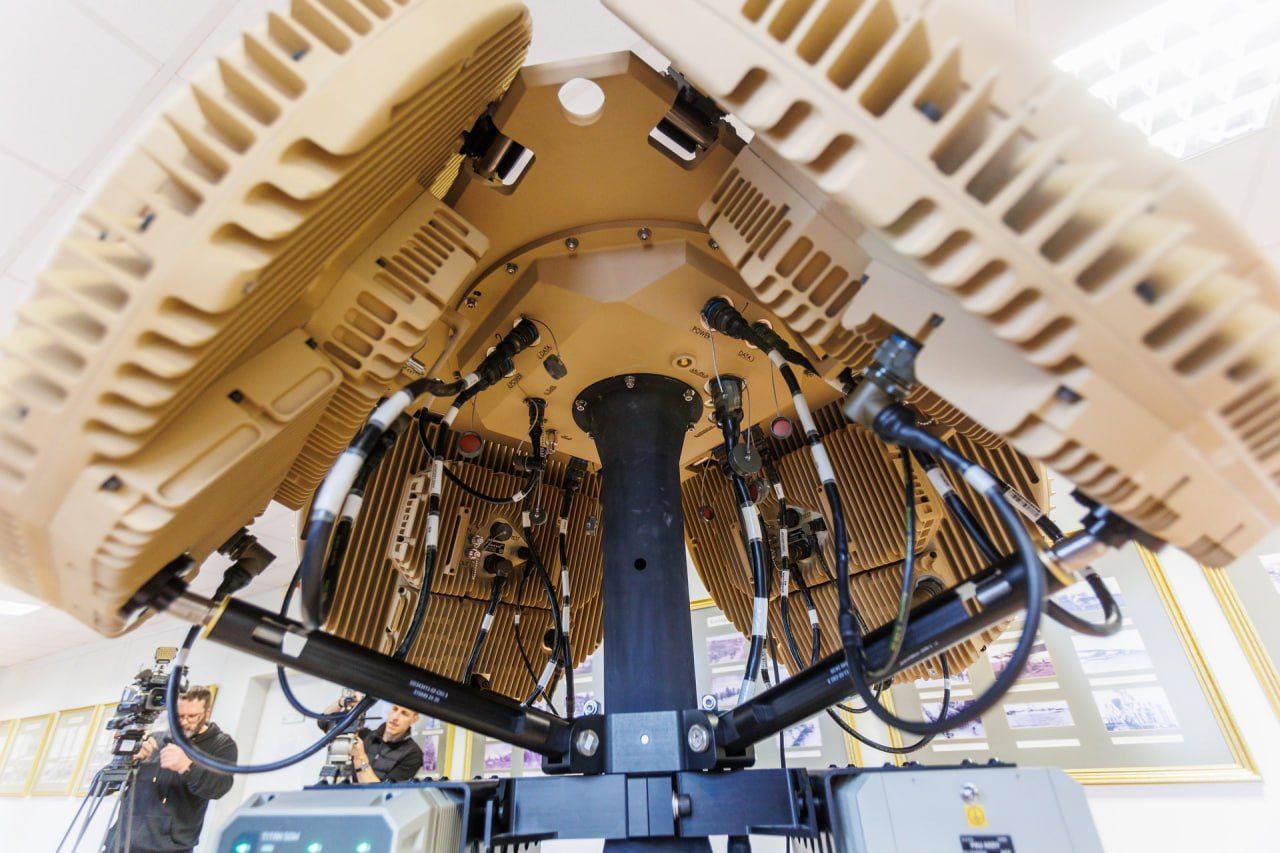
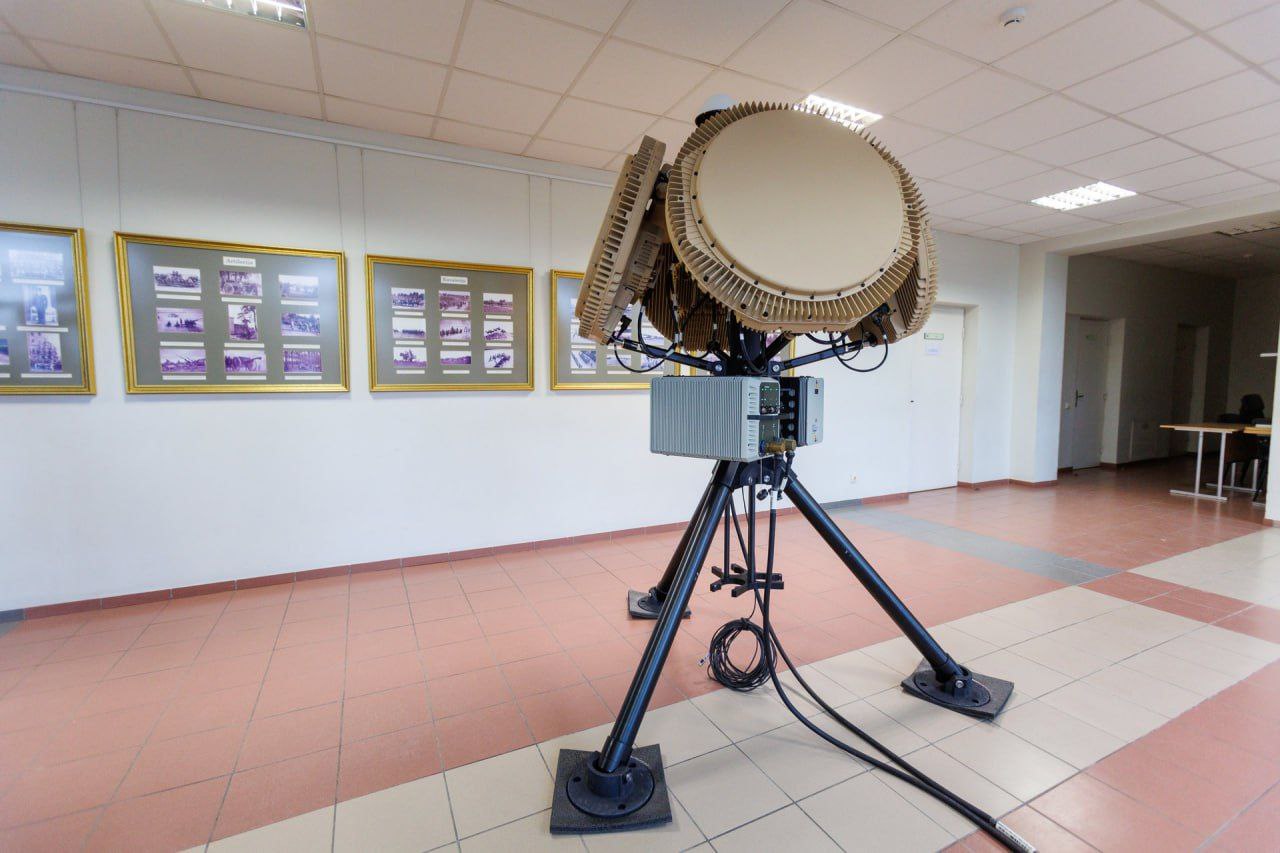



The radars are indeed made in Israel, but the company is owned by RADA Electronic Industries, headquartered in Virginia, US.
shelling
Six people were injured as a result of Russian shelling of Konstantinovka in the Donetsk region, said the head of the military administration of the region Pavel Kirilenko. According to him, the Russian army twice struck the city with cluster munitions from the Uragan MLRS. Among the victims is a foreign volunteer. At least 19 houses, a school and an enterprise building were damaged.

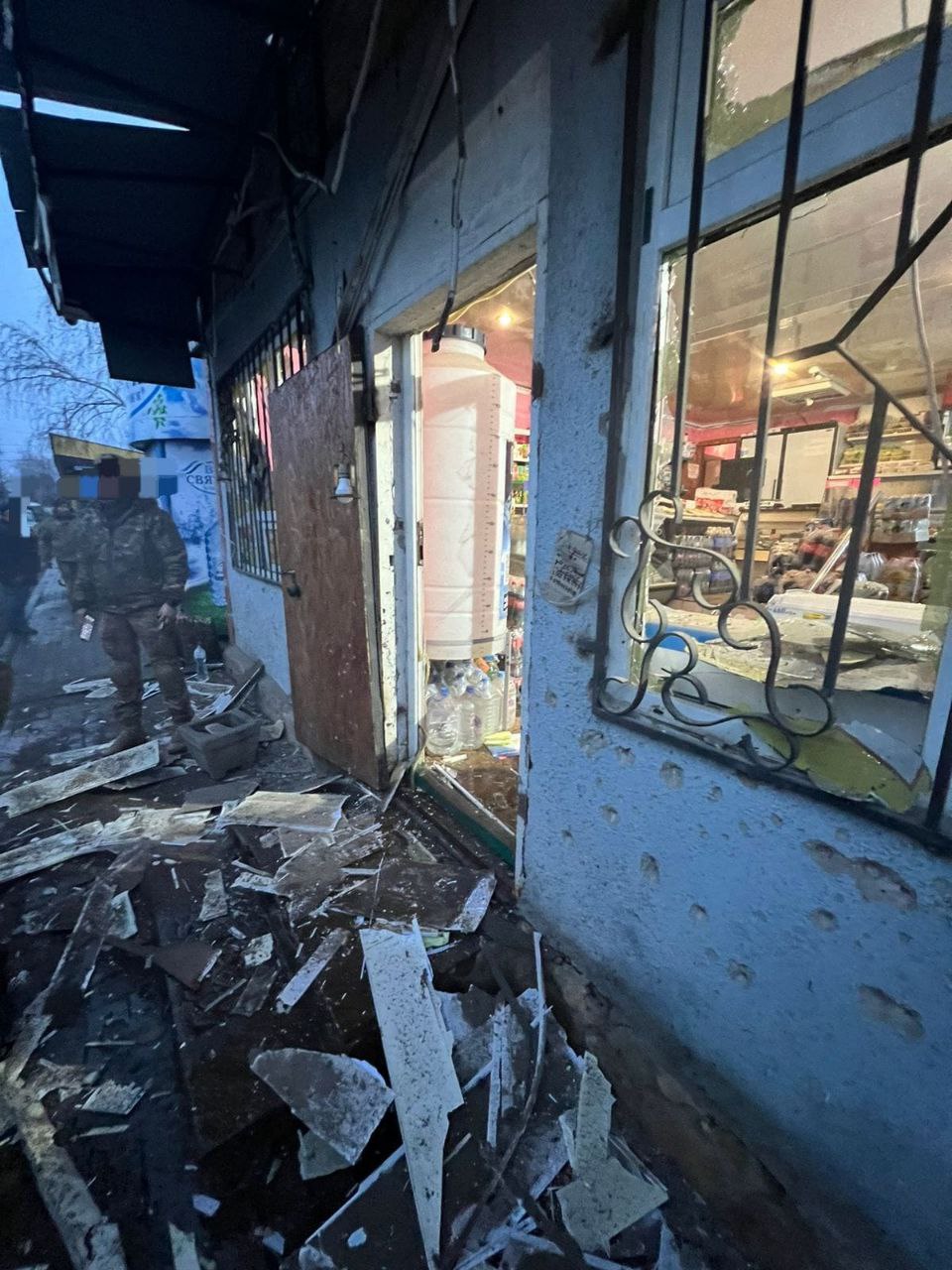

Across Russia, summons are being handed out again
In the past few days, subpoenas have been sent out all over Russia again. Human rights activist Pavel Chikov said that this is already happening in 43 regions, as early as March 14, only two regions were known where summonses were sent out. They are sent ostensibly to clarify the data in the military registration and enlistment office. Sometimes there are other formulations – for example, to appear for a conversation about concluding a contract or to appear to receive a mobilization order.
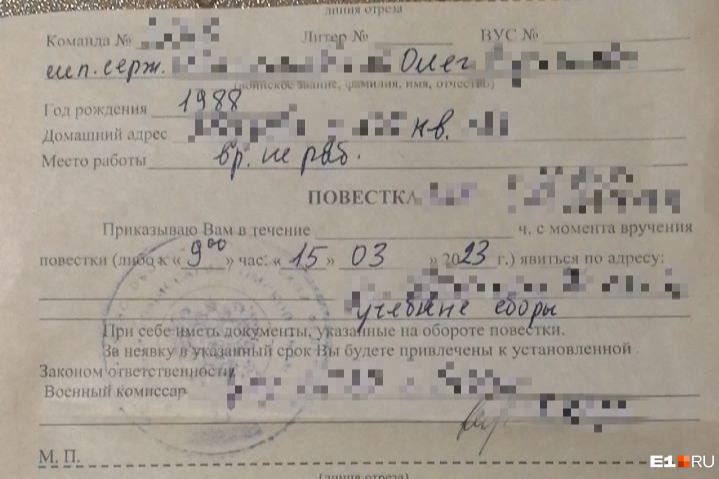

Regions where military registration and enlistment offices send agendas:
- Altai region
- Belgorod region
- Voronezh region
- Kaluga region
- Kabardino-Balkarian Republic
- Krasnoyarsk region
- Krasnodar region
- Lipetsk region
- Murmansk region
- Moscow
- Penza region
- Republic of Tatarstan
- Chuvash Republic
- Sverdlovsk region
- Tyumen region
- Ulyanovsk region
- Khanty-Mansi Autonomous Okrug
- Yamalo-Nenets Autonomous Okrug
- Mari El Republic
- Perm region
- Saratov region
- Nizhny Novgorod Region
- Omsk region
- Arhangelsk region
- Chelyabinsk region
- Tambov Region
- Tver region
- Vladimir region
- Saint Petersburg
- Komi Republic
- Moscow region
- The Republic of Dagestan
- Leningrad region
- Jewish Autonomous Region
- Republic of Bashkortostan
- Orenburg region
- Yaroslavl region
- Pskov region
- Udmurt Republic (not subpoenas, but calls from the military enlistment office)
- Novosibirsk region
- Tomsk region
- Republic of Karelia
- Stavropol Territory (not subpoenas, but calls from the military registration and enlistment office)
At the same time, the news that a new wave of mobilization is underway in the country is massively attacked by bots that deny it in the comments. This was reported by the Bot Blocker project, which created a system that recognizes fake accounts.

The authorities also deny a new wave of mobilization, as was the case before the “partial” mobilization in September 2022.
Read about what happened at the front on March 14 in The Insider report: “ The Armed Forces of Ukraine shot down a Russian fighter, the battles near Ugledar, the Wagnerites captured a village with a population of two people. What's going on at the front ."


